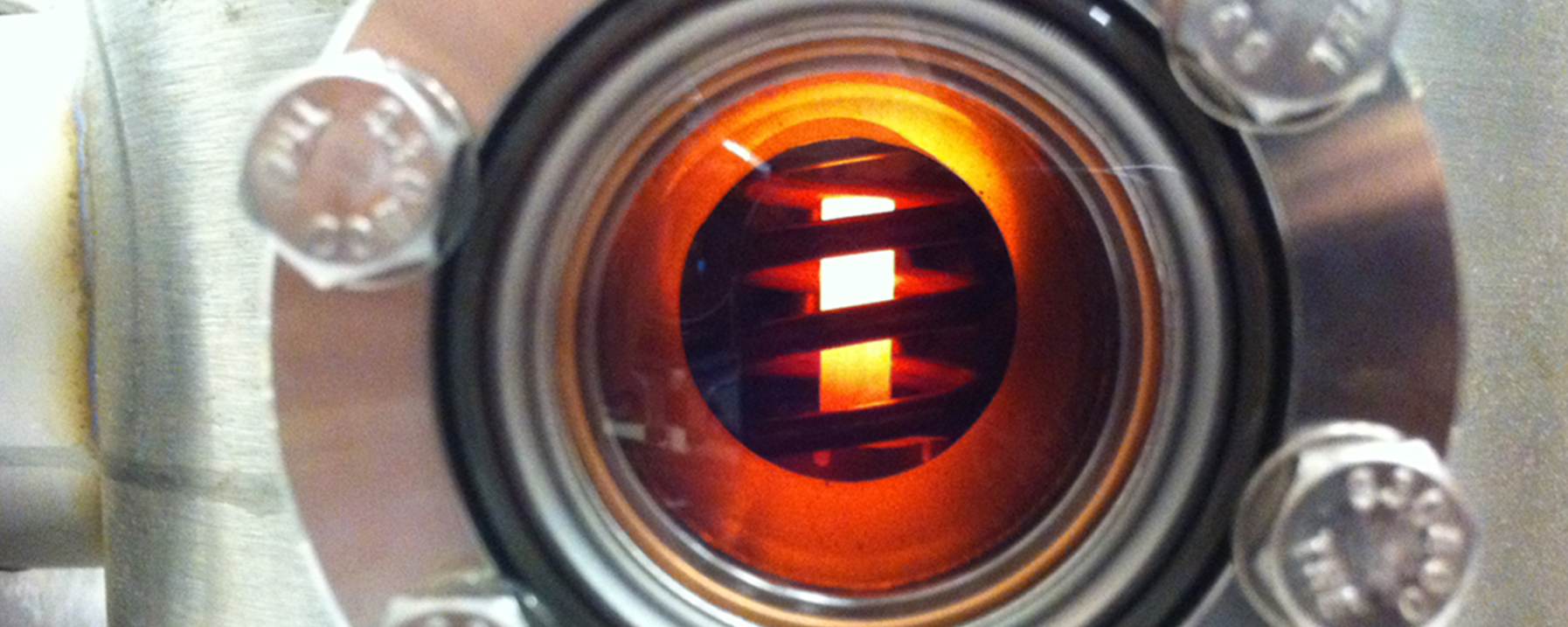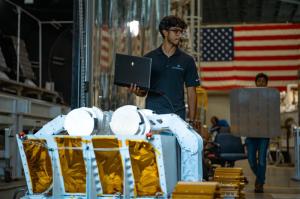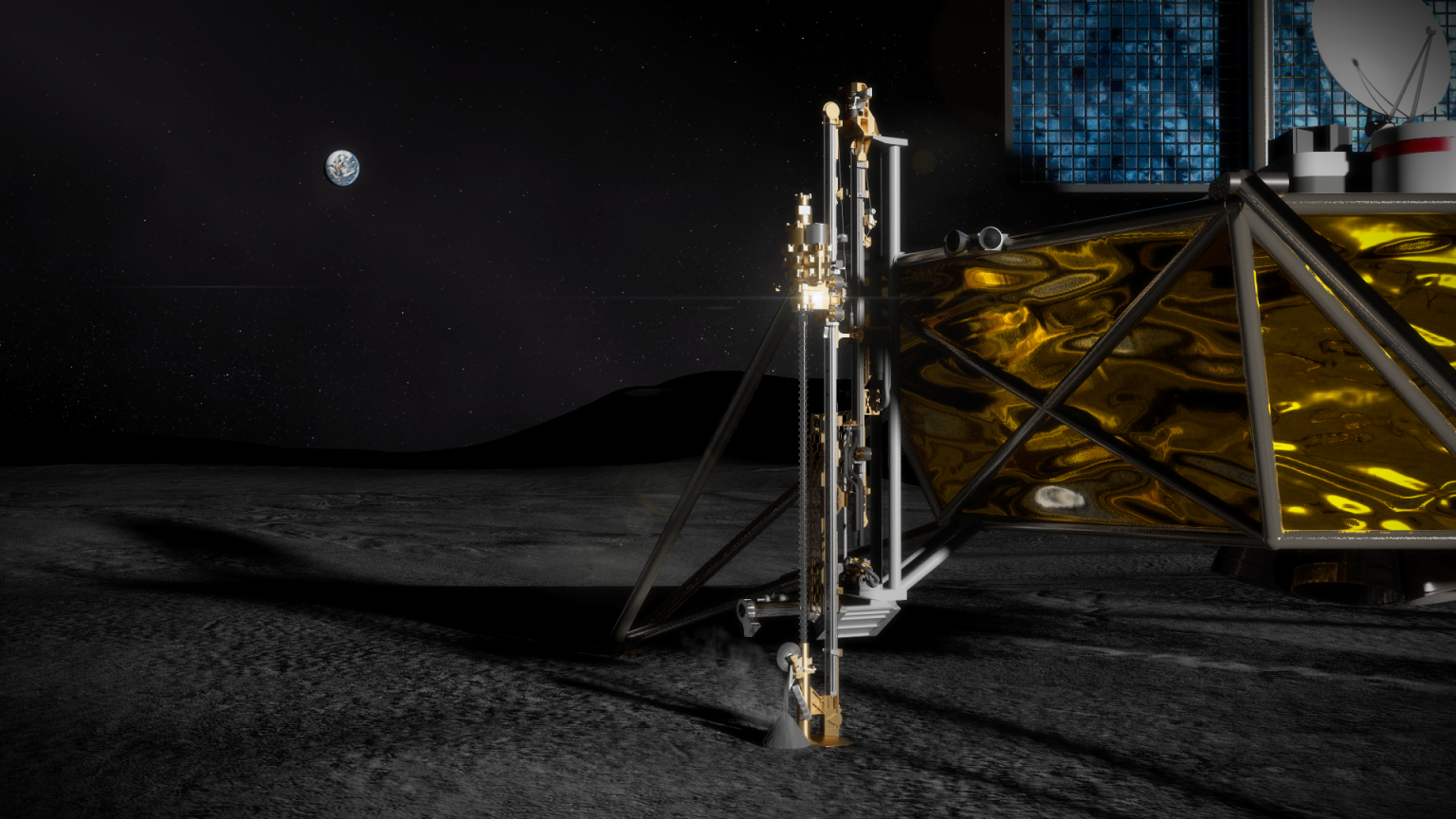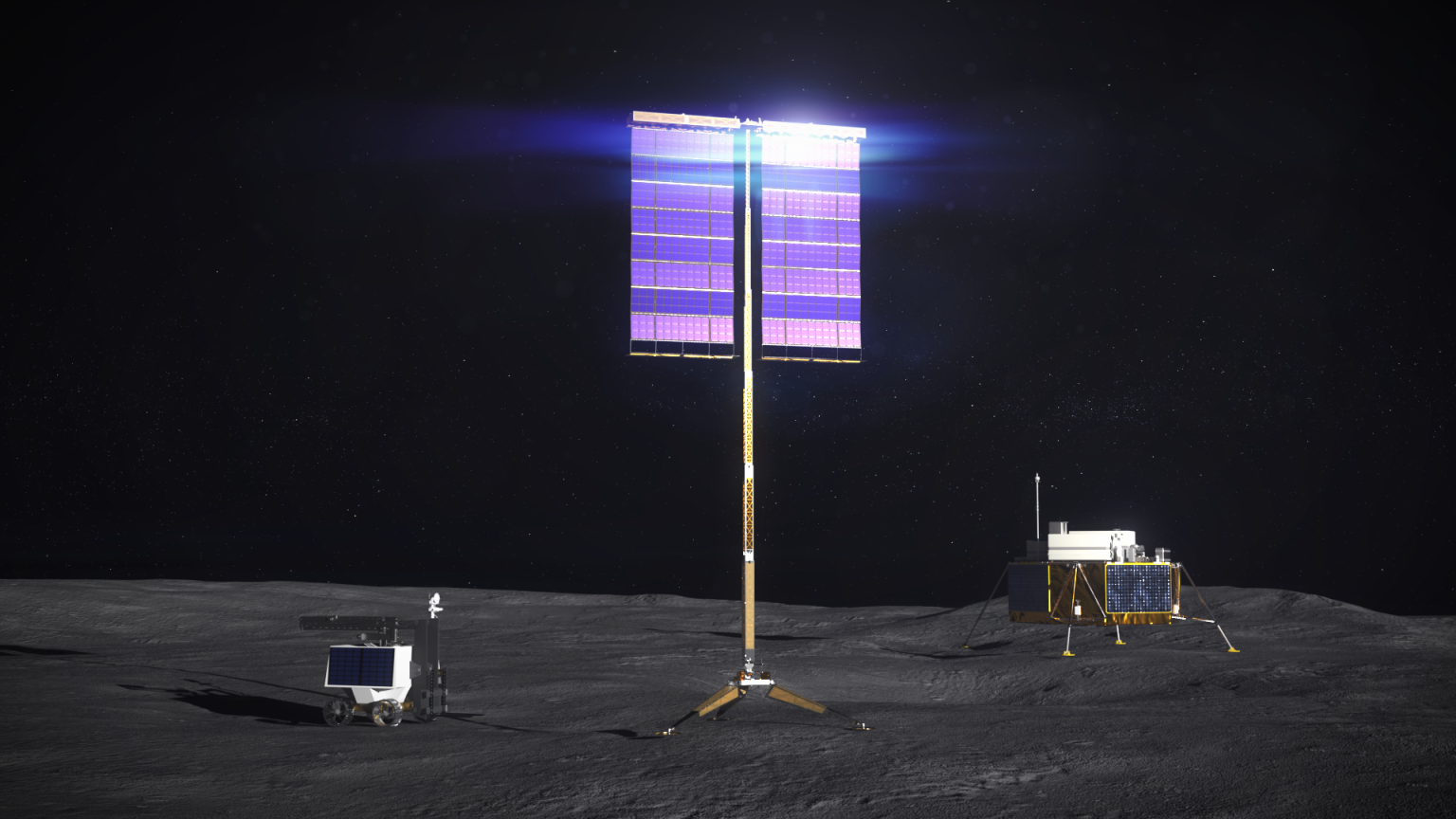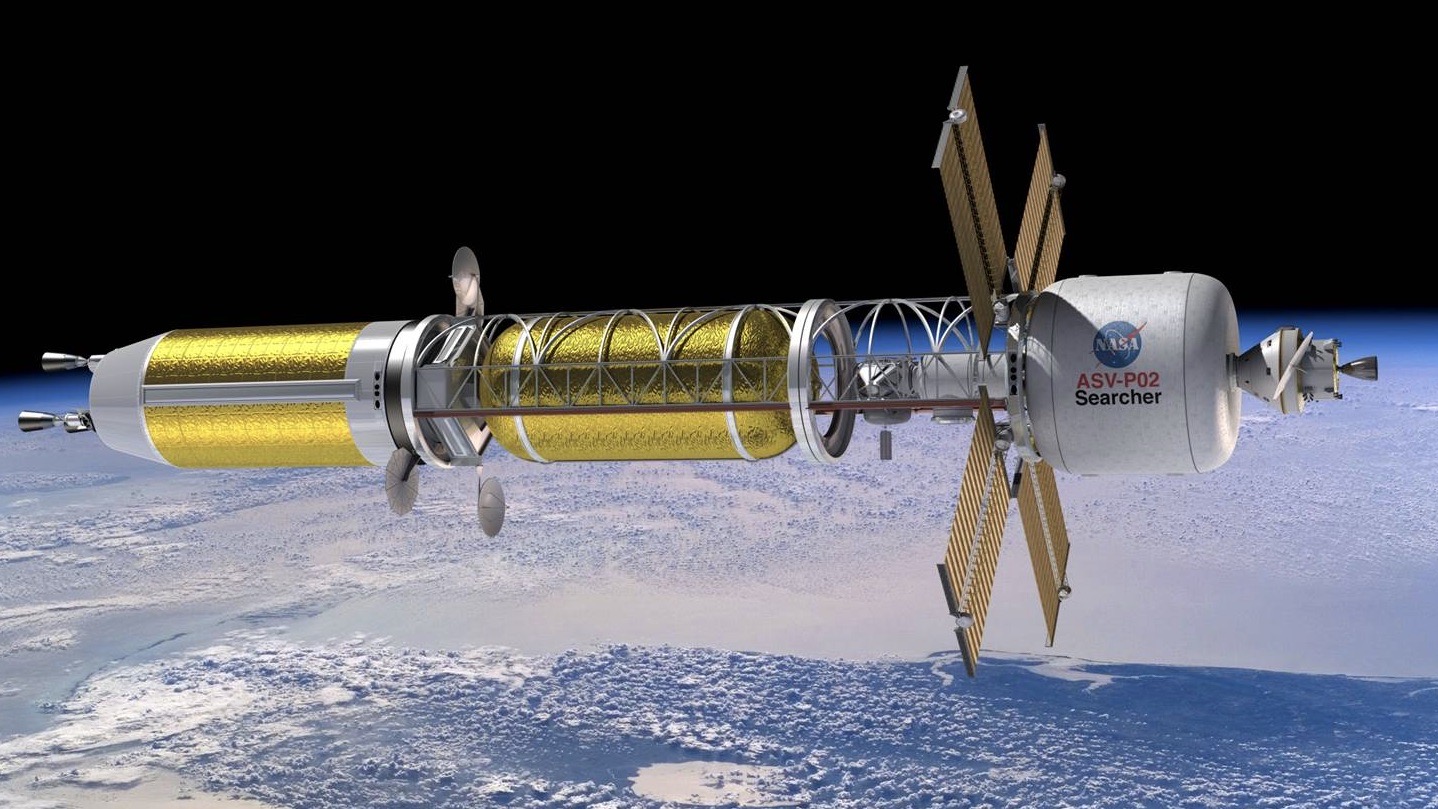Note: Please note that this is an “archived project” and is no longer updated. This article is meant for historical purposes only.
Nuclear Thermal Propulsion (NTP) is an attractive option for in-space propulsion for exploration missions to Mars and beyond. NTP offers virtually unlimited energy density and specific impulse roughly double that of the highest performing traditional chemical systems.
As missions aim for targets farther out into the solar system, nuclear propulsion may offer the only viable technological option for extending the reach of exploration missions beyond Mars, where solar panels can no longer provide sufficient energy and chemical propulsion would require a prohibitively high mass of propellant and/or prohibitively long trip times.
NTP is directly relevant to the Agency’s vision, mission, and long-term goal of expanding human presence into the solar system and to the surface of Mars because it provides the fastest trip time of all currently obtainable advanced propulsion systems. Fast trip times will safeguard astronaut health by reducing exposure to zero gravity and cosmic radiation and reduce risks associated with reliability uncertainties inherent in complex systems as well as those associated with life-limited, mission critical systems. NTP enables abort modes not available with other architectures, including the ability to return to earth anytime within 3 months of the Earth departure burn, and also the ability to return immediately upon arrival at Mars.
The overall goal of this Game Changing Development Program project is to determine the feasibility and affordability of a low-enriched uranium (LEU)-based NTP engine with solid cost and schedule confidence.
The project will be considered a success if these objectives are met:
1. Establish a conceptual design for an NTP LEU engine in the thrust range of interest for a human Mars mission.
2. Design, build and test, in the Compact Fuel Element Environmental Tester (CFEET) and the Nuclear Thermal Rocket Element Environmental Simulator (NTREES), prototypic fuel element segments based on the conceptual design.
3. Establish robust production manufacturing methods for a LEU fuel element / reactor core.
4. Demonstrate the feasibility of exhaust capture as a method of nuclear rocket engine testing.



























